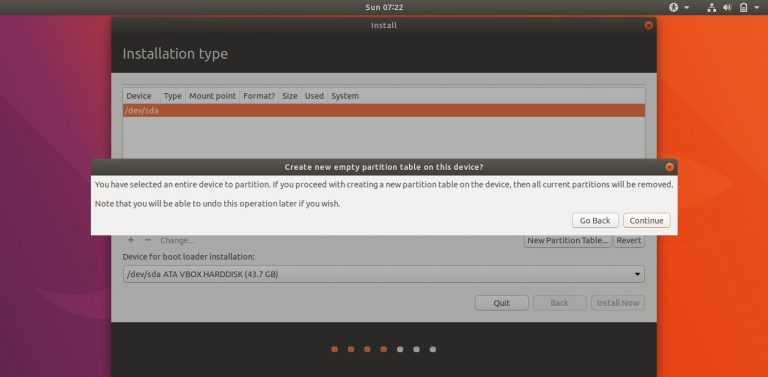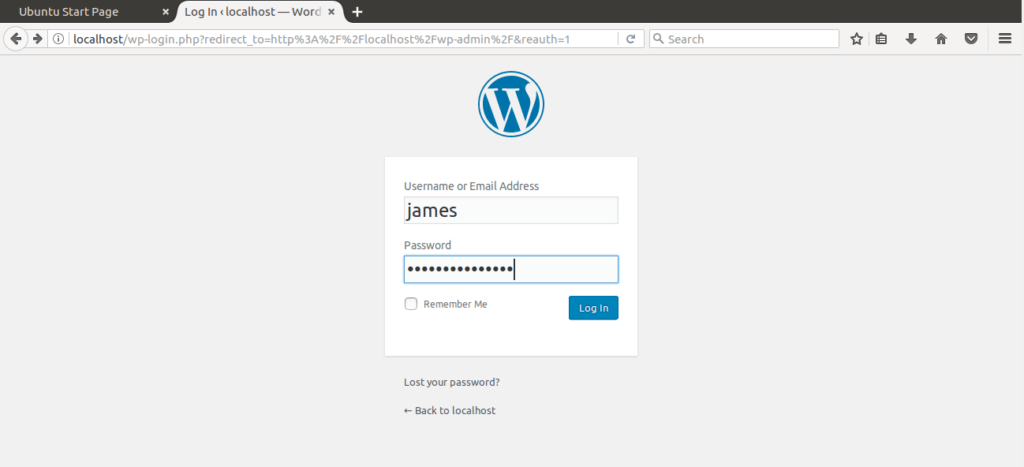
- #Disk image creator for ubuntu 17.10 how to
- #Disk image creator for ubuntu 17.10 install
- #Disk image creator for ubuntu 17.10 iso
- #Disk image creator for ubuntu 17.10 windows
Which works fine and I can access the files. Left-click on the disk (the one you want to make an image of). Close the Recovery Wizard (it will automatically load).
#Disk image creator for ubuntu 17.10 windows
Using DiskInternals software, you can create a disk image in Windows 10, 7, 8 or any other versions. Mount -t qnx4 QNX4.img /mnt/QNX4_Drive -o loop A detailed guide for disk image creation. This guide is also intended for those that already have an existing swap, root and home partition setup.
#Disk image creator for ubuntu 17.10 install
I perform on system running Ubuntu from USB modprobe qnx4 libguestfs-nilfs software package provides guest disk image management system - NILFS v2 support, you can install in your Ubuntu 17.04 (Zesty Zapus) by. Hi all, this guide can be used on any Ubuntu based system and is intended for people who have a basic working knowledge of an Ubuntu installation and wish to keep the contents of their home folder after doing a re-install. I have the external hard drive shared from host to virtual machine. The error I get is "/mnt/QNX4_Drive: wrong fs type, bad option, bad superblock on /dev/loop0, missing codepage or helper program, or other error."

I have another computer with Ubuntu 17.10 running in VM VirtualBox Version 5.2.2 r119230 (Qt5.6.2) that gives me an error when trying to mount the QNX4.img file. I have a QNX4 image file on an external hard drive that I can mount on the computer running from the Ubuntu 17.10 USB flash drive. I am reading your feedback about mkusb carefully and considering it (but cannot promise to use it, because I have to consider what other people think and want too).I have Ubuntu 17.10 on USB Flash drive and in VM VirtualBox.
#Disk image creator for ubuntu 17.10 how to
There are other examples of compressed image files here.Ĭan you formulate a detailed suggestion how to change the wording in the menu with C and L? Operating systems for Raspberry Pi are often distributed as compressed image files (and they are installed systems, not live systems). Compressed images can be images of anything, a drive with only data, a drive with a live or persistent live system or an installed system. img.xz) depending on the compression method. Figure 6.7 shows you what the hashes for Ubuntu 17.04 will look like. It supports creating backups of the system partition, select disks or. If your computer has just one USB flash drive, Startup Disk Creator will have.
#Disk image creator for ubuntu 17.10 iso
img (and compressed image files can have the extensions. The application walks users through the steps of creating backups with a wizard. To create a startup disk from an Ubuntu ISO image.

This article shows you how to create an ISO file from a currently installed Ubuntu 20.04 system. behind the desktop icon Install Ubuntu 16.04.1 LTS, Install Ubuntu 17.10 (or. if you have an ISO file, then you can create the installation disc by burning the image to a CD or USB. START UP DISK CREATOR & USB drive vs WRITE TO DISK & DVD for Iso Images. A desktop system is typically used for personal computing tasks and has a graphical user interface (GUI), while a server system typically has a command-line interface (CLI). Image files in general often have the extension. The ISO file can also be used as an external drive, or you can make a bootable USB. Most people will want to install a desktop system such as Ubuntu, Kubuntu, or Xubuntu. It will not install a graphical user interface. But this is a special case.Īn image file can be created as an image of a real system (but also from data in a development environment), often using cloning with dd or some similar tool. The server install image allows you to install Ubuntu permanently on a computer for use as a server.


Cloning such a file is what you were doing, and it created a live-only system. I would recommend that you use the L option (Live-only) use the option that feels natural for you to use.Īn iso file is a synthetic and not compressed image file, created from data in a development environment.


 0 kommentar(er)
0 kommentar(er)
